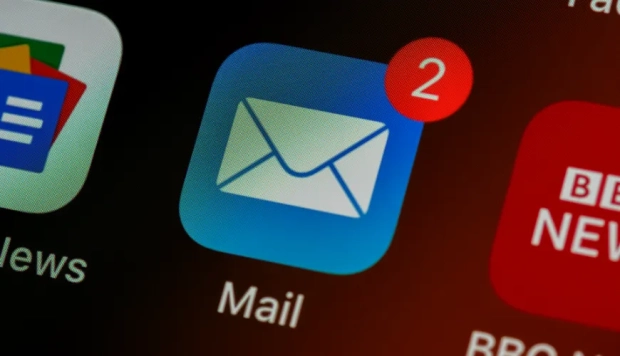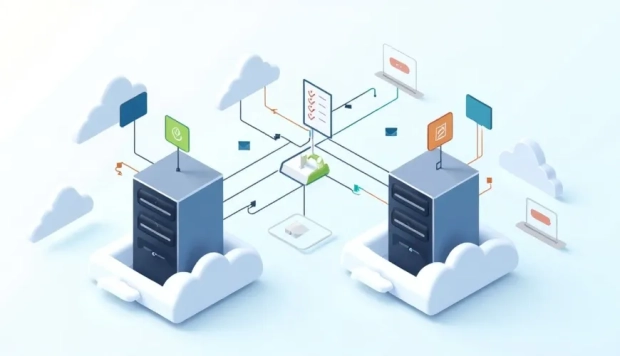4 Ways Modern HR Tools Enhance Employee Experience

Running a business today means more than just managing tasks. It also means ensuring employees have a positive experience while at work. When employees feel that basic HR processes are difficult, confusing, or even cumbersome, it affects their ability to perform as expected and whether they will ultimately choose to stay. In fact, 77% of U.S. employees say they're frustrated with outdated HR technology.
Modern HR tools are changing this by focusing on what employees need most. These platforms make it easier to get started, track benefits, and share feedback. Companies using these tools see better teamwork, stronger engagement, and fewer mistakes.
In this article, we'll explore five practical ways modern HR tools improve how people experience work, from their first day to everyday tasks.
Personalized Onboarding Experiences
The first days of a new job form how someone feels about staying in the long run. If the first week is confusing or full of delays, it creates stress. That is why structured, digital onboarding is important. Many HR tools help companies to set up welcome checklists, training stages and document sharing in one system. This makes everything easier to follow and reduces errors that often occur during manual layouts.
New hires can read manuals, upload identification information, and complete tasks before their first day. Some platforms even have welcome notes or simple introduction videos, so the employer's first interaction with the new team member is thoughtful. This helps new hires to feel seen and guided from the start. When the information settles in faster. A smooth beginning builds early trust and helps employees feel part of the team right away.
Easy Access to Benefits and Payroll
When employees are unable to access information such as pay slips, bank references, time-off balances, or insurance references easily or quickly, it generates frustration. While these delays seem insignificant, over a period of time, they weigh on someone's trust in their organization and can reduce satisfaction. Modern HR tools help fix this by offering quick, user-friendly access to essential information. With fewer barriers, employees can manage their needs without waiting for responses from busy teams.
A practical example of this is TriNet's HR management services, which provide tools that support easy self-service. Employees can log in to view payroll details, check tax documents, enroll in benefits, and track leave balances using one system. The platform also works across devices, so teams can stay informed whether they're at their desk or working remotely. This level of control adds to a smoother, more confident work experience.
Smarter Communication and Feedback Loops
Workplace issues often go unnoticed when communication is slow or unclear. Employees may feel unsure about how to share concerns or give input. This creates distance between teams and management. HR tools now include ways to fix that. Many platforms offer quick surveys, direct messaging, and feedback forms that are easy to use. Some tools even allow anonymous replies to help people speak freely.
These systems allow HR teams to detect trends and respond quickly. If many employees report the same problem, it becomes easier to take action. Regular feedback also helps leaders to keep in touch with the team's needs. When employees see that their input means something, they feel more involved. That feeling helps them stay engaged and valued in their roles.
Learning and Growth Opportunities
People are motivated to grow in the workplace. If they don't see a clear path for growth, they'll likely look somewhere else. HR tools today have built-in learning and development functionality that enables employees to develop new capabilities. These systems often have pre-built courses available, goal-tracking capabilities, and an easy way to check progress. Some systems even allow managers to assign lessons directly based on job role or performance goals.
Learning is a natural part of people's workday when it happens at work. Employees can choose their own lessons according to their personal interests or plans for the future. Over time, prioritizing development leads to stronger performance and stronger teams, signalling to employees that their growth matters to the organization. This also helps companies build talent from within rather than always hiring from outside.
Conclusion
HR tools are not only about time-saving. They are also designed to help people be supported, included, and enabled to do their jobs successfully. Across everything from the first day to daily work, these systems allow for ease and clarity. Companies that implement tools based on the employee experience create a better working experience for employees who are more productive and committed to the job. As teams grow or change, these tools provide enhanced connectivity and inform employees about changes to expectations and processes. The outcome is an improved work experience for everyone.



